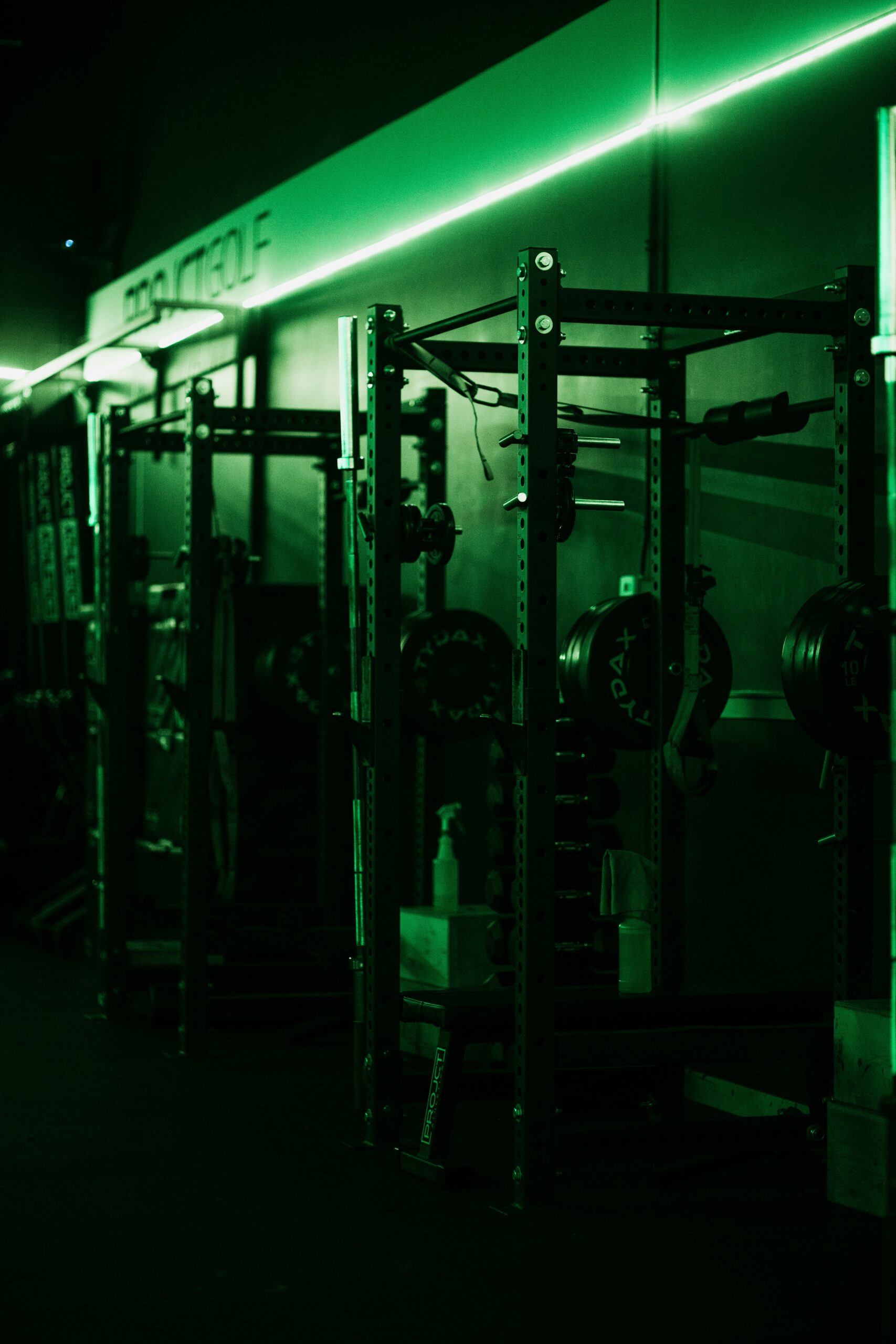Incline Barbell Press: The Go-To Move for a Strong Upper Chest
The incline barbell press is a must-have exercise for anyone looking to build a stronger, more defined chest—especially the upper portion. By changing the angle from the standard flat bench press to an incline, you shift the focus onto the clavicular head of the pectoral muscles, giving your chest that fuller, more rounded look. Whether you’re aiming for strength, size, or aesthetics, the incline barbell press deserves a spot in your routine.
Let’s break down why this exercise is so effective, how to perfect your form, and explore variations and tips to take your gains to the next level.
Why the Incline Barbell Press?
Unlike the flat or decline bench press, the incline barbell press specifically targets the upper chest. This area can often be underdeveloped in people who only focus on flat bench presses. By adding an incline to the bench, you force your upper pecs to work harder, which helps balance out your chest development and contributes to that coveted V-taper look.
In addition to the upper chest, the incline barbell press also engages the shoulders and triceps, making it a great compound movement for building overall upper-body strength. Plus, since you’re using a barbell, you can often lift heavier weights compared to dumbbell versions of the exercise, which promotes greater strength gains.
Mastering the Incline Barbell Press Form
Good form is crucial to making the most of this exercise and avoiding injury. Here’s how to perform the incline barbell press with perfect form:
- Set the bench to the correct angle: Set your bench to a 30-45 degree incline. Anything steeper turns the movement into more of a shoulder press, while a shallower angle shifts the focus back to the middle chest.
- Position yourself under the bar: Lie back on the bench with your feet flat on the floor. Your lower back should have a natural arch, and your shoulders should be retracted and pressed into the bench to create a stable base.
- Grip the bar correctly: Grip the bar slightly wider than shoulder-width apart. Your hands should be spaced so that when the bar touches your chest, your forearms are vertical (perpendicular to the floor).
- Unrack the bar: Lift the bar off the rack by pushing upward, and position it directly over your upper chest. Keep your elbows slightly tucked to protect your shoulders and wrists in line with your forearms.
- Lower the bar with control: Slowly lower the bar to your upper chest, just below the collarbone. Your elbows should be at about a 45-degree angle from your body (not flared out or tucked in too much). Lower the bar in a controlled manner, ensuring the movement is smooth.
- Press up powerfully: Push the bar back up to the starting position, driving through your chest and triceps. Exhale as you push and keep your core engaged to maintain stability.
- Repeat for reps: Perform the desired number of repetitions, always keeping control of the bar throughout the movement. Don’t bounce the bar off your chest or rush the lift.
Common Mistakes to Avoid
The incline barbell press can be incredibly effective, but like any exercise, there are common mistakes that can reduce its effectiveness or increase the risk of injury.
- Using too steep of an incline: Setting the bench too high (above 45 degrees) turns the movement into more of a shoulder press, reducing the emphasis on the upper chest. Stick to a 30-45 degree angle for optimal chest activation.
- Flaring your elbows: If your elbows flare out too much, it puts unnecessary stress on your shoulders and can lead to injury. Keep your elbows tucked slightly to protect your joints and maximize chest engagement.
- Arching your back excessively: While a small arch in the lower back is normal, avoid lifting your lower back off the bench to press more weight. This can put strain on your spine and detract from the chest activation. Engage your core to maintain stability.
- Lowering the bar too high on your chest: The bar should touch your chest just below the collarbone. If you lower it too high (closer to your neck), it increases the risk of shoulder strain. If you lower it too low (closer to your middle chest), it shifts the focus away from the upper pecs.
- Bouncing the bar: Avoid bouncing the bar off your chest for momentum. This can cause injury and reduce muscle activation. Instead, lower the bar with control and press back up with power.
Incline Barbell Press Variations
While the standard incline barbell press is a fantastic move, there are several variations you can incorporate into your routine to target different muscles or add variety.
- Incline Dumbbell Press: Instead of using a barbell, try using dumbbells. This variation allows for a greater range of motion and helps improve muscle imbalances since each arm works independently. It also requires more stabilization, engaging your core and smaller muscle groups.
- Close-Grip Incline Barbell Press: Bring your hands closer together on the bar (shoulder-width or slightly narrower). This variation shifts more of the focus onto your triceps, while still working your chest.
- Reverse-Grip Incline Press: Use a reverse grip (palms facing you) to press the barbell. This unusual variation places more emphasis on the upper chest and can help reduce strain on the shoulders for some lifters.
- Incline Smith Machine Press: If you want a more controlled movement, you can use a Smith machine for your incline press. This is especially useful for those focusing on hypertrophy or recovering from injury, as the fixed bar path provides extra stability.
- Paused Incline Press: Add a pause at the bottom of the movement (just before the bar touches your chest) for 1-2 seconds before pressing back up. This increases time under tension and forces your muscles to work harder, promoting muscle growth.
Incorporating Incline Barbell Press Into Your Routine
The incline barbell press is versatile and can fit into almost any upper-body or chest workout routine. Here’s how to incorporate it based on your goals:
- For muscle growth: Perform 3-4 sets of 8-12 reps with a moderate weight. Focus on slow, controlled movements and a full range of motion to maximize muscle hypertrophy.
- For strength: Go heavier with 3-5 sets of 3-6 reps. Rest longer between sets (2-3 minutes) to allow for full recovery, and focus on explosive power during the press.
- For endurance: If you’re looking to increase endurance, use lighter weights and aim for 2-3 sets of 15-20 reps. Keep the tempo steady and controlled, and minimize rest between sets to maintain intensity.
You can also combine the incline barbell press with other chest exercises for a complete workout. For example, start with flat barbell bench presses to target the overall chest, then move to the incline barbell press to hit the upper chest, and finish with some chest flys or push-ups for a balanced routine.
Benefits of the Incline Barbell Press
- Better upper chest development: The incline barbell press is one of the best exercises for targeting the upper chest, helping you achieve a fuller, more developed look.
- Shoulder and triceps activation: While the chest is the primary mover, your shoulders and triceps also get a significant workout, contributing to overall upper-body strength.
- Functional strength: Pressing movements like the incline barbell press mimic real-life actions, improving your functional strength for activities like pushing, lifting, and even certain sports.
Wrapping It Up
The incline barbell press is a powerful tool for building a stronger, more defined chest, particularly the often-overlooked upper portion. By focusing on proper form, experimenting with variations, and integrating it into your routine, you’ll see impressive gains in both strength and muscle development.
So next time you hit the gym, don’t just stick to flat bench presses—add the incline barbell press to your workout for a well-rounded chest and upper-body gains. Keep challenging yourself, and you’ll be pressing more weight with perfect form in no time!





